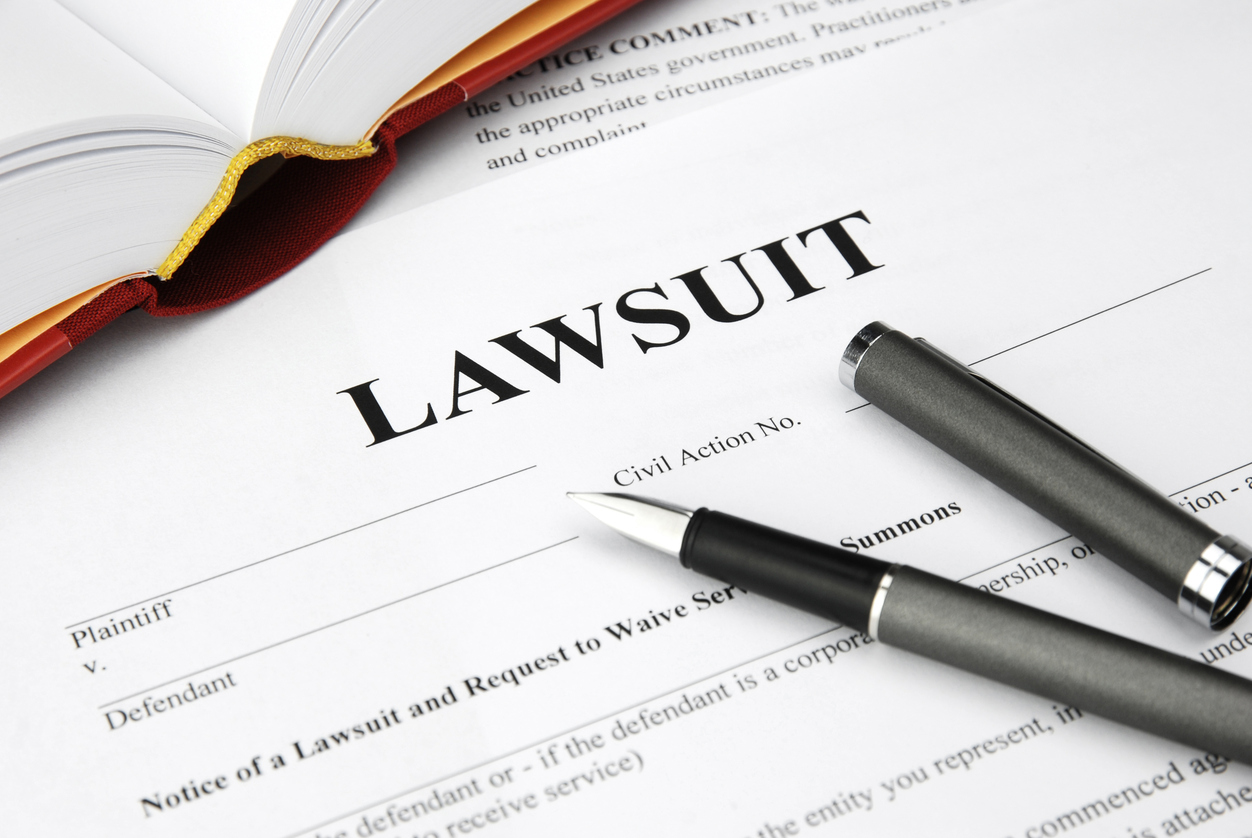In 2020, the pandemic led employees to file 1,005 workplace lawsuits in state and federal courts, according to Chicago-based law firm Seyfarth Shaw.
Another law firm, Littler Mendelson, based in San Francisco, says the figure was even higher. It estimated 1,425 such cases as of mid-December.
The lawsuits represent just the leading edge of an even bigger wave that’s expected this year, says Gerald Maatman Jr., a Seyfarth partner. Many were filed after employees were laid off during the pandemic, he says.
“COVID is now a driver of filings and is significantly impacting workplace class-actions,” Maatman says.
Among the 1,005 workplace lawsuits sparked by the outbreak, well over half – 690 – dealt with layoffs and firings, with employees arguing they were victims of age or racial discrimination, for example.
Workplace safety
Nearly 200 were related to workplace safety. Workers claimed businesses didn’t provide adequate personal protective equipment or hygiene products, didn’t comply with cleaning and sanitation protocols, or didn’t enforce temperature checks or mask-wearing by customers or visitors, among other accusations.
The Occupational Safety and Health Administration requires employers to establish a workplace “free from recognized hazards that are causing or are likely to cause death or serious physical harm” to employees.
Last year, OSHA issued COVID-19-related citations triggered by 295 inspections, and it proposed penalties totaling $3.8 million. But Debbie Berkowitz, worker safety and health program director for the National Employment Law Project, a worker advocacy group, noted the agency has received more than 9,000 complaints.
Meanwhile, 113 of the workplace suits were so-called wage-and-hour claims, in which staffers contended they were forced to work off the clock, for instance. While most white-collar workers are exempt from overtime requirements, hourly workers must be paid extra for the hours they put in beyond 40 each week.
Fast-food workers may sue because they weren’t paid for the time they spent putting on and taking off protective gear. And call-center and clerical employees working from home may claim they weren’t compensated for all the hours they logged, or for their purchases of computers or printers.
A record 231 wage-and hour-related class-action lawsuits were certified last year, Maatman says, and COVID-19 cases made up about one-third of those. That’s significant because class-action suits can include hundreds or thousands of plaintiffs, and certification means a judge has determined the case can go forward as a class action. Most such lawsuits are settled before they go to trial, Maatman says.
Other types of workplace suits, according to Seyfarth Shaw:
• Discrimination. In New Jersey, a firm denied a 70-year-old plaintiff’s request to work from home. He had cited his age and medical condition for the request. In another case, a worker lost a job because the employer was concerned about exposing him to COVID-19.
• Leave. Many suits say employees grappling with COVID-19 themselves or caring for a relative have been illegally denied sick leave or family and medical leave.
• Retaliation. Employees charged that they were fired for complaining about unsafe working conditions, or the failure to comply with COVID-19 protocols.













